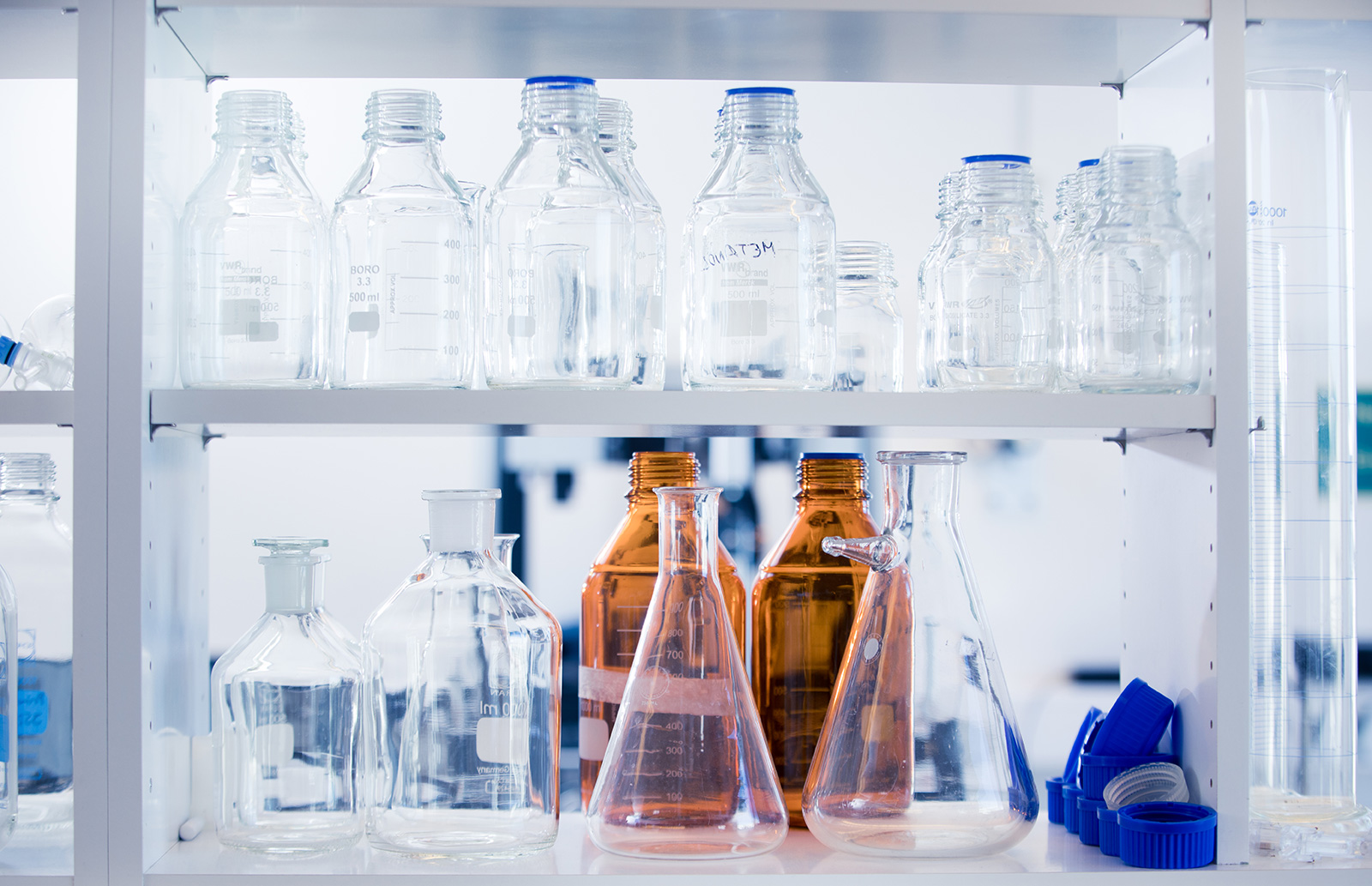We conduct research and development of new technologies for the reduction of environmental and health impacts related to human activities.
Interests in the department are broad and encompass:
- Laboratory and numerical studies of coupled geomechanical, geochemical and fluid flow processes.
- Chemical characterization of geological formations for wide spectrum of surface and subsurface applications.
- Tracing of pollution and fingerprinting of contamination in ecological systems, landfills, industrial sites.
- Development of new materials.
We have a long experience in development of simulation tools for the oil and gas industry. Currently, two software packages for basin modelling are available under commercial licenses. Other numerical tools have been developed for various industrial applications dealing with the injection of high-pressure fluids in geological formations such as during CCS, EOR-EGS, deep geothermal systems, hydraulic fracturing, cuttings reinjection, etc.
We aim to bridge the gap between laboratory and field scales on one hand, and between short-term observations and long-term predictions on the other hand.
We work on fundamental problems of marine and petroleum geology, rock mechanics and porous flow, geodynamics, rock physics and geophysics.
“Our department actively contributes to the development of geological CO2 storage, which is an important part of the solution for global emissions reduction.”
We are working on a number of flow and geomechanical issues arising in existing CO2 pilot projects, such as surface uplift, induced seismicity and fluid flow into preferential pathways. Modelling work in the environmental analysis department is supported by laboratory studies of fluid-rock interactions.
Our in-house developed techniques, including IFE’s Hydrocarbon Core Scanning (HCS™) technique and Sr Residual Salt Analysis (Sr-RSA) give reliable answers to practical questions of today’s petroleum industry and present unique tools that do not have analogues, and which complement traditional analytical methods.
We have several laboratories with a wide selection of equipment for chemical analyses including both high precision ICP-MS and multi-collector ICP-MS instruments, including a microscope Laser ablation ICP-MS setup (LA-ICP-MS), as well as several gas-source IRMS instruments, X-ray diffractometer, and several GC-MS instruments. Our multi-collector ICP-MS instrument is a part of the ECCSEL infrastructure.
Alongside our research activities we offer several commercial services, including:
which gives quantification of chemical components in a sample. Our laboratory can provide information on most of the periodic table in solids and fluids using our plasma instruments, and we can perform both bulk elemental and also molecular analysis on gasses.
Petrography studies; micro fluorescence analysis; microthermometry and fluid inclusion analysis; thin-section preparation; laser ablation for mineral micro analysis quantification on thin-sections and related materials (LA-ICP-MS); High resolution optical imaging of 3D micro objects such as dust objects; mineral distribution quantification by point counting of dust, particle- and thin-sections.
provides means of high-resolution, rapid, non-destructive qualitative and quantitative logging of petroleum shows in conventionally slabbed drill cores and in cuttings. In addition, HCS™ gives detailed information on positions for potential fluid contacts and of barriers causing fluid compartmentalization.
which can be used to track the flow processes in biological and geological systems, uncovering previous chemical history and allowing for sample dating. We provide a wide range of analyses for many applications, including criminal forensic investigations, agriculture, bioenergy, archaeology, ecology, environmental science, food authenticity, geochemistry and medical research.
- measurement of flow properties of rocks, permeability,
IFE’s self-constructed permeameter can measure rock core permeabilities down to values of about 10-21 m2 (1 nD), at room temperature or elevated temperature, and using a range of gasses and fluids (including water, CO2 and Argon). Pore fluid pressures can be up to 16 MPa, and confining pressures up to 50 MPa. Both transient-pulse and flow-through measurements can be performed, on the same sample without needing to remove the sample from the holder.
Among our clients and partners are Equinor, Lundin, AkerBP, OMV, Spirit, Weatherford Laboratories, APT, Petrobras. We collaborate with leading Norwegian and international universities including Yale University, University of Lausanne, University of Illinois, Imperial College of London, University of Oslo and University of Bergen.

